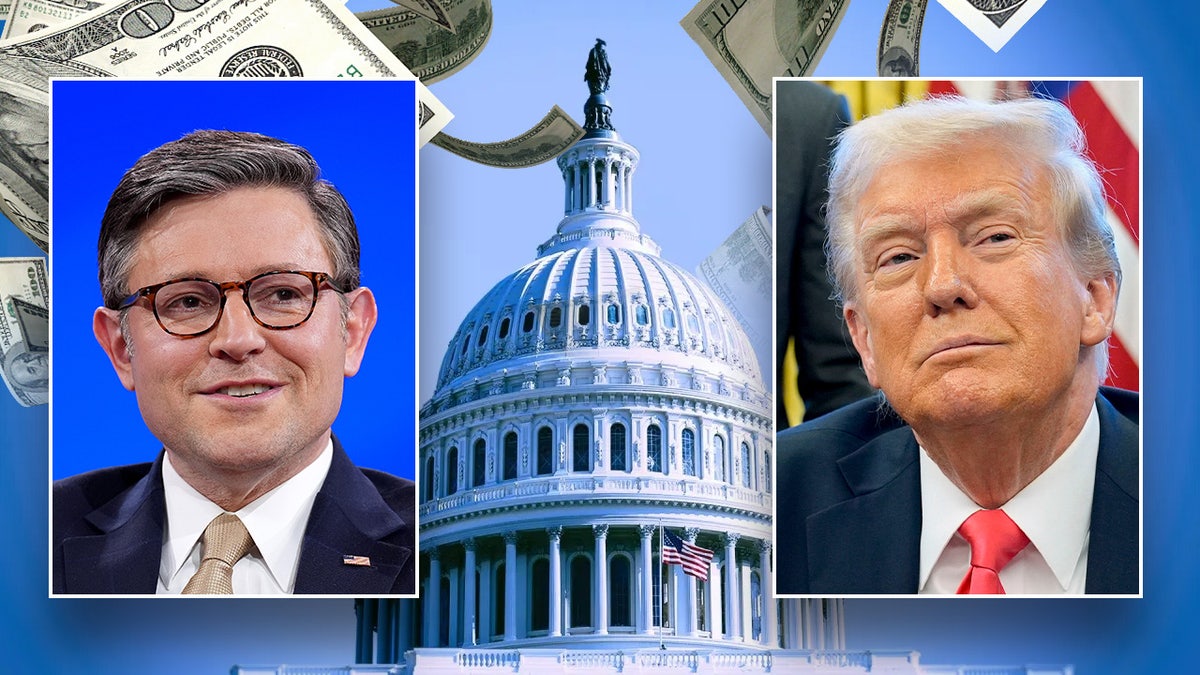Introduction
Senate Republicans advance a sprawling, Trump‑branded budget and tax package—dubbed the “Big Beautiful Bill”—after a narrow 51–49 vote to open debate. While seen as key to President Trump’s second‑term agenda, its final fate hangs by a razor‑thin margin amid deep GOP divisions over healthcare and tax provisions.
Debate-Kickoff Vote Sets Stage

On Saturday night, Senate Majority Leader John Thune pushed the Senate to begin floor debate on the 940‑page bill. While three Republicans joined Democrats to block the opening vote, most GOP senators proceeded without the vice-president’s tiebreaker. The vote was 51–49 in favor.
Major Provisions of the “Big Beautiful Bill”
- Tax Cuts: Extension of the 2017 Trump tax cuts, a Social Security tax deduction, and no taxes on overtime and tips.
- Medicaid & Welfare Cuts: Stricter eligibility, shifts in funding; Congressional Budget Office estimated ~7.8 million newly uninsured.
- SNAP & Rural Hospitals: Modifications to food assistance rules; temporary exemptions for Alaska and Hawaii; increased grants for rural hospitals.
- Debt Limit Provision: Raising the cap on federal borrowing—a flashpoint for conservative rebels.
Divisions Within the GOP Caucus
Like the photo of Majority Leader Thune conversing with senators suggests, the party is split. Rand Paul and Thom Tillis led objections—Paul opposes raising the debt ceiling; Tillis says Medicaid cuts harm North Carolina. Meanwhile, moderates like Lisa Murkowski, Susan Collins, and Ron Johnson supported debate access but not necessarily final passage (BBC News).
Healthcare Impact & Democratic Opposition
Democrats, led by Chuck Schumer, criticized the bill for its expected healthcare losses and insisted on a full reading of the text—calling it a 940‑page “midnight surprise.” Senator Patty Murray warned of “the largest healthcare cuts in history,” while Elon Musk even denounced the renewable energy tax provisions on X (Washington Post).
Vice‑President’s Tiebreaker—Still in Play
Although VP JD Vance was present in the Capitol to cast a tie-breaking vote, the Senate majority avoided tying so far. With 53 Republicans and the need for a simple majority, only three GOP defections remain possible before passage fails.
Next Steps & House Prospects
Senate debate continues this week, with a final vote expected ahead of the 4 July deadline. If the Senate passes it, the bill returns to the House, where it must survive another round of votes—Republican holdouts in the House have raised concern over modifications made in the Senate.

Democrats signal they will prolong the process with procedural objections. Senate Minority Leader Schumer vowed to keep senators reading aloud the full text if Republicans don’t disclose its contents completely (BBC News).
Conclusion
The **Senate Republicans advance** on Trump’s “Big Beautiful Bill” represents a high-stakes gamble. Its final success hinges on rebel GOP dissent and GOP–House alignment. With healthcare, tax, and debt ceiling changes at the core, this bill could define the early momentum of a second Trump term—if it navigates past the narrow Senate margin.
Explore more on Trump-era fiscal strategy: White House Budget Signals Under Trump.









